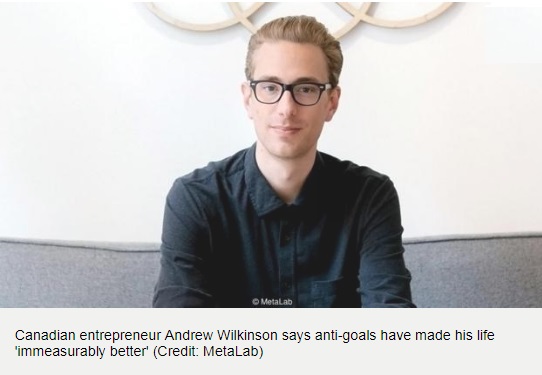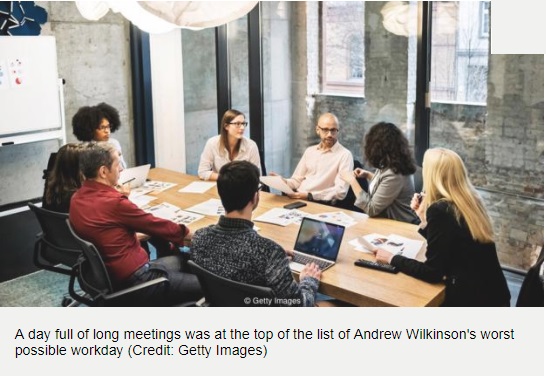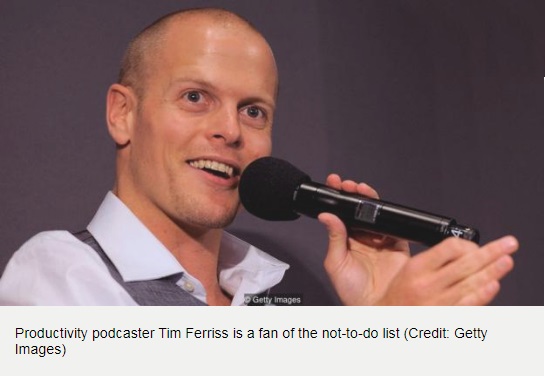
Has your working day become one long battle to wade through a to-do list?
The multiple distractions of the modern workplace – digital overload, open offices and constant interruptions, to name a few – can make it near impossible to achieve your goals, or even get anything done at all.
But, what if you’re going about things the wrong way? Perhaps you should be thinking more about what you shouldn’t be doing instead.
That’s one of the strategies employed by Canadian entrepreneur and investor Andrew Wilkinson, who has come up with a list of “anti-goals”.

Topsy-turvy thinking
Wilkinson noticed his day (and that of his business partner) was filled with things he didn’t want to do. He was feeling stretched, doing business with people he didn’t like, with a schedule dictated by others, he wrote recently on Medium.
He wanted to figure out how to improve his day and make it more enjoyable. So, he followed the lead of Charlie Munger, right-hand man of famed investor Warren Buffet, and a proponent of ‘inversion’ – a strategy that looks at problems in reverse, focusing on minimising the negatives instead of maximising the positives.
To put it in practice, Wilkinson came up with his worst possible workday: one filled with long meetings at the office, a packed schedule dealing with people he didn’t like or trust. Then he came up with his list of ‘anti-goals,’ which includes no morning meetings, no more than two hours of scheduled time per day and no dealings with people he doesn’t like.

These ‘anti-goals’ have made his life “immeasurably better” he wrote in the blog.
“I think people always try to think about where they want to go. ‘What will make me happy?’ is such an open-ended question, and it’s surprisingly much easier to figure out what makes you miserable,” he wrote in an email to BBC Capital.
What not to do
Wilkinson and Munger aren’t the only ones using anti-goals to help them cut out distractions and realise ambitions.
Tim Ferriss, author, podcaster and investor believes in the power of a ‘not-to-do’ list. Why? “The reason is simple: What you don’t do determines what you can do,” he writes. On his not-to-do list? Don’t let people ramble, don’t agree to meetings with no clear agenda, and work shouldn’t fill a void that should be filled elsewhere.

Another fan? Angela Ceberano, founder of Flourish PR, a public relations firm in Melbourne, Australia. She uses the ‘traffic light system’ to list things to ‘stop, start or continue’ doing. Stopping unproductive activities is crucial for goal attainment as it allows a clearer direction, she says.
Why it works
Many productivity experts promote forward-looking thoughts and actions, so how can focusing on the negative work? By helping us reflect on and cut out activities that don’t align with our broader goals, says Repa Patel, an Australia-based executive coach and director of leadership development firm Leading Mindfully.
Anti-goals, says Maurice Schweitzer, a professor of operations, information and decisions at the Wharton School at the University of Pennsylvania, “Give us a step-by-step process for thinking about things a little differently.”
Wilkinson’s list is specific to him, says Schweitzer. They are a set of crisp, clear, guidelines that are broken down into actionable steps and, therefore, attainable. It’s about prioritising that which is important.
Anti-goals can give us a different perspective “in a way that helps us identify an underlying issue,” he says.
“Goals narrow our focus and motivate us in a specific direction.”

